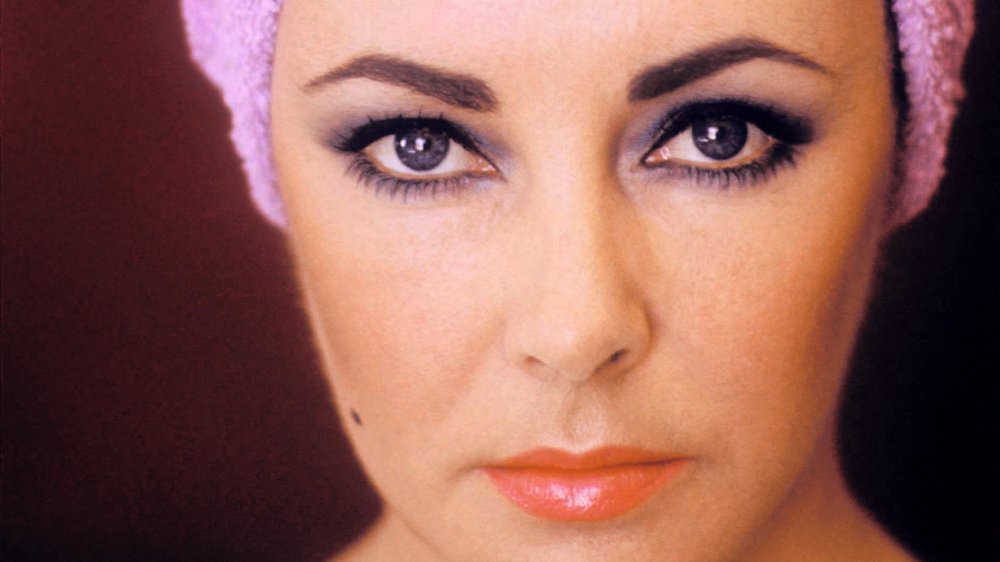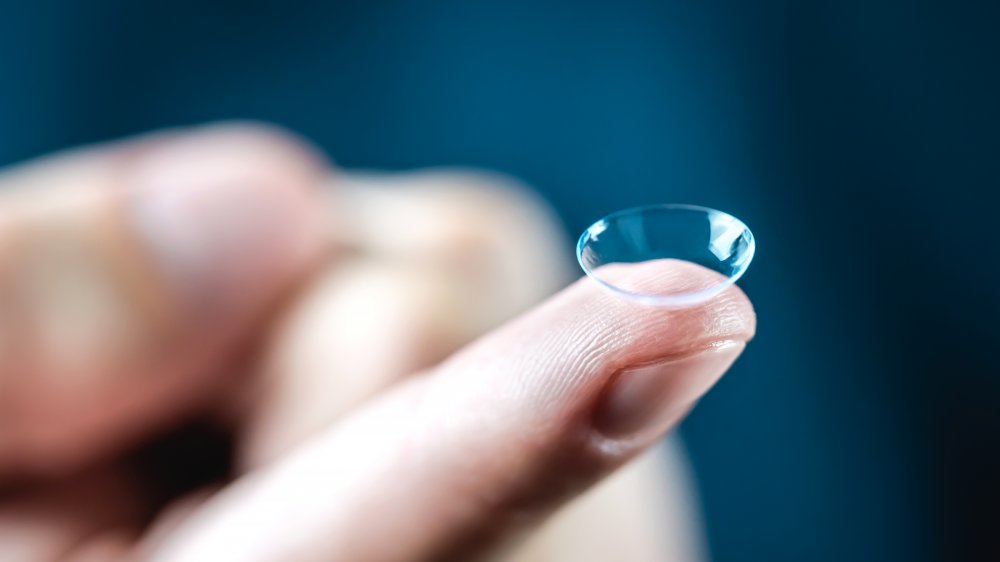What Does It Mean To Have Double Eyelashes?
If you've ever been mesmerized by Elizabeth Taylor's eyes, it's not just because they were violet. The actress was actually born with distichiasis, a genetic disorder that produces an extra row of lush eyelashes (double the eyelashes!), which most of us could only dream of. Not only would there be no need for lash lifts and lash extensions, but there would also be no need for lash tints either.
Distichiasis is either present at birth or develops later in life. According to Hello Giggles, most people born with distichiasis have it because one of their parents does. The American Academy of Ophthalmology states the extra row of lashes can be either super fine and delicate, or coarse and thick, while Healthline points out that they don't always grow as a full set — some may have only one extra lash while others have multiple. Though this sounds like a good thing, all the extra lashes can actually cause inflammation and irritation, and, in some cases, even cause harm to the eyes.
Distichiasis can cause sensitivity to light, conjunctivitis, and droopy eyelids
Dr. Aaron Fay, an ophthalmic plastic surgeon at Massachusetts Eye and Ear Infirmary in Boston, revealed to NBC News that the extra row of eyelashes grows in place of oil glands. "What happens in distichiasis is that a hair grows where there is supposed to be an oil gland on what's considered the wet part of the eyelid," he explained. As a result, some people with the disorder experience reduced vision and tearing of the eye. Healthline also lists sensitivity to light, conjunctivitis, and droopy eyelids as other possible side effects. While this is often treated with eyedrops, Fay says the best way for people with distichiasis to protect their eyes is simply to wear contacts. If symptoms persist, it's best to seek the help of your doctor.

